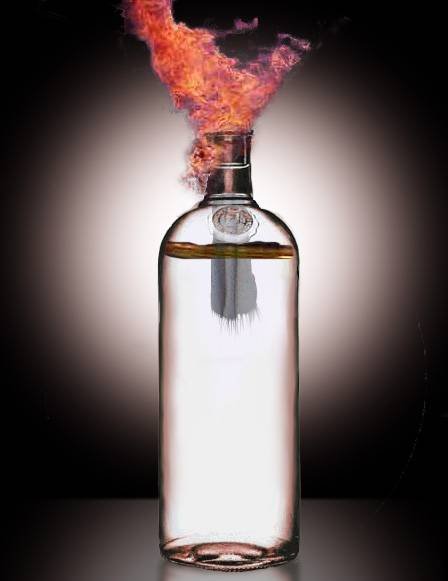I've been using the command prompt with mapped network drives lately. I usually set up my PROMPT so that the UNC path that the drive letter represents displays, along with the normal prompt info. There are a couple of ways to do this. It can be accomplished on an ad hoc basis by simply entering set PROMPT=$M$P$G at the command prompt. The prompt will change to something like \\server\share\foldername X:\> when one is on a mapped drive. One could further simplify this by putting it into a batch file and running it when necessary.
Of course, setting the prompt to this doesn't hurt anything, so why not make it a bit more permanent? One can use the "System Properties" to get to the "Environment Variables" on the "Advanced" tab (in XP, at least). From there, set either a USER (applies to the user currently logged on) or SYSTEM (applies to all users) variable named "PROMPT" to $M$P$G.
I also usually prepend $+ to my PROMPT. This adds one '+' character to the front of the prompt for each level into the PUSHD stack that one is. PUSHD / POPD are commands that can be used to push / pop directories to / from a stack of directories that the command prompt keeps for you. If you're 10 folder levels deep and need to bounce to \TEMP, PUSHD to \temp (PUSHD C:\TEMP) and do your work. When you're done, POPD and you'll be back to the folder that's 10 levels deep. With $+ in the PROMPT ($+$M$P$G), the prompt will look like ++\\server\share\foldername X:\> when the "PUSHD" command has been executed twice without POPDing.
2006-10-09
Using the Command Prompt with Network Drives
Subscribe to:
Post Comments (Atom)











No comments:
Post a Comment